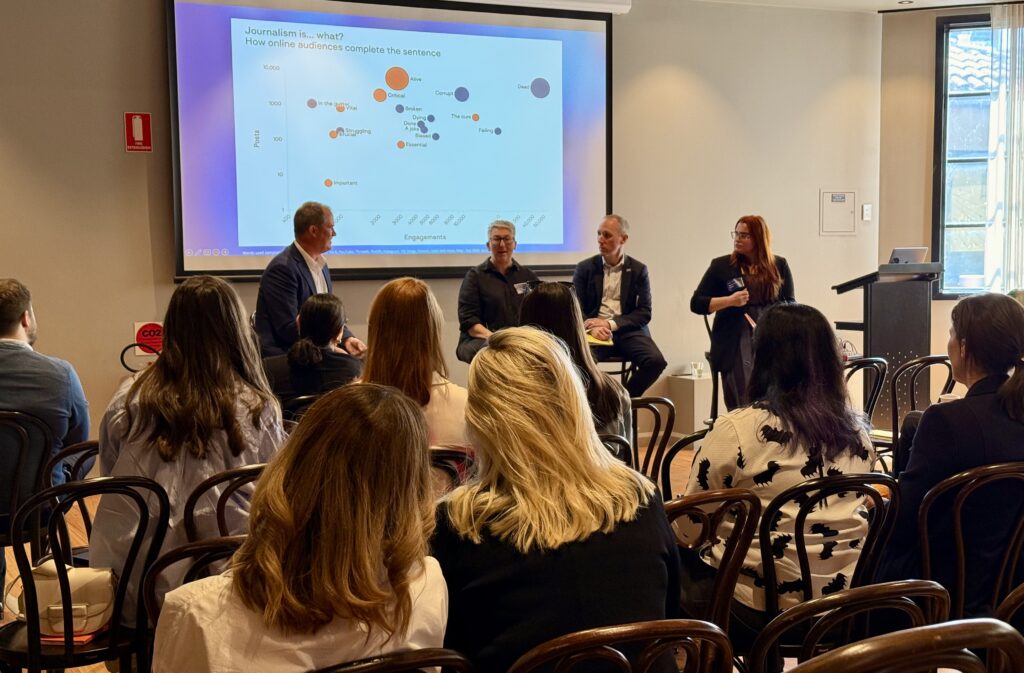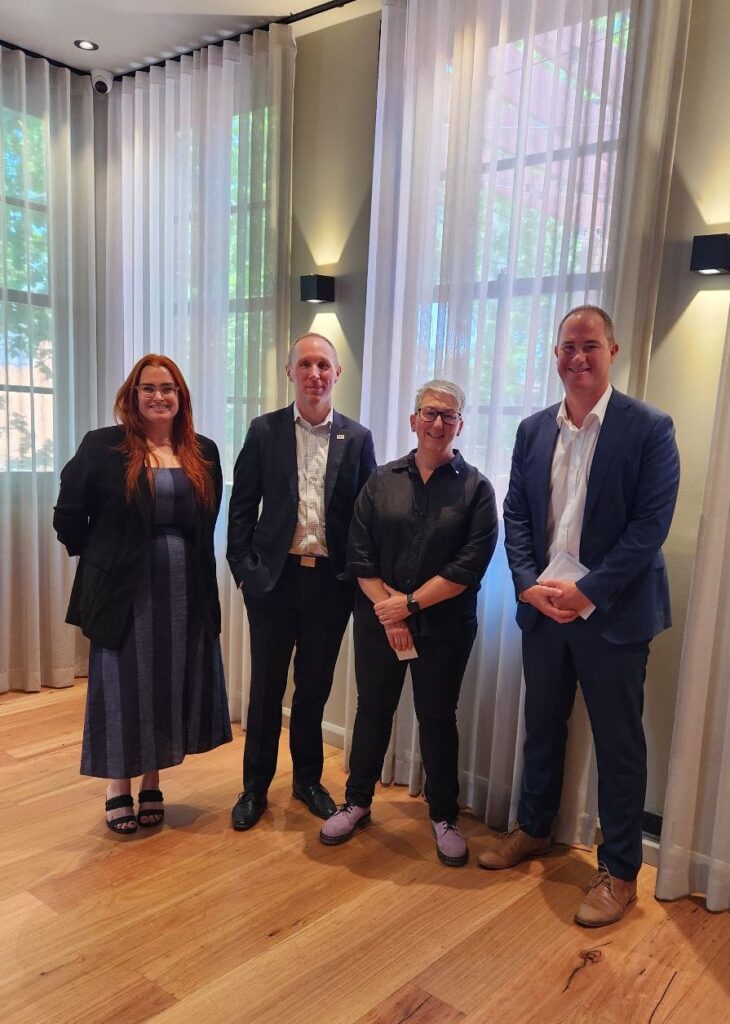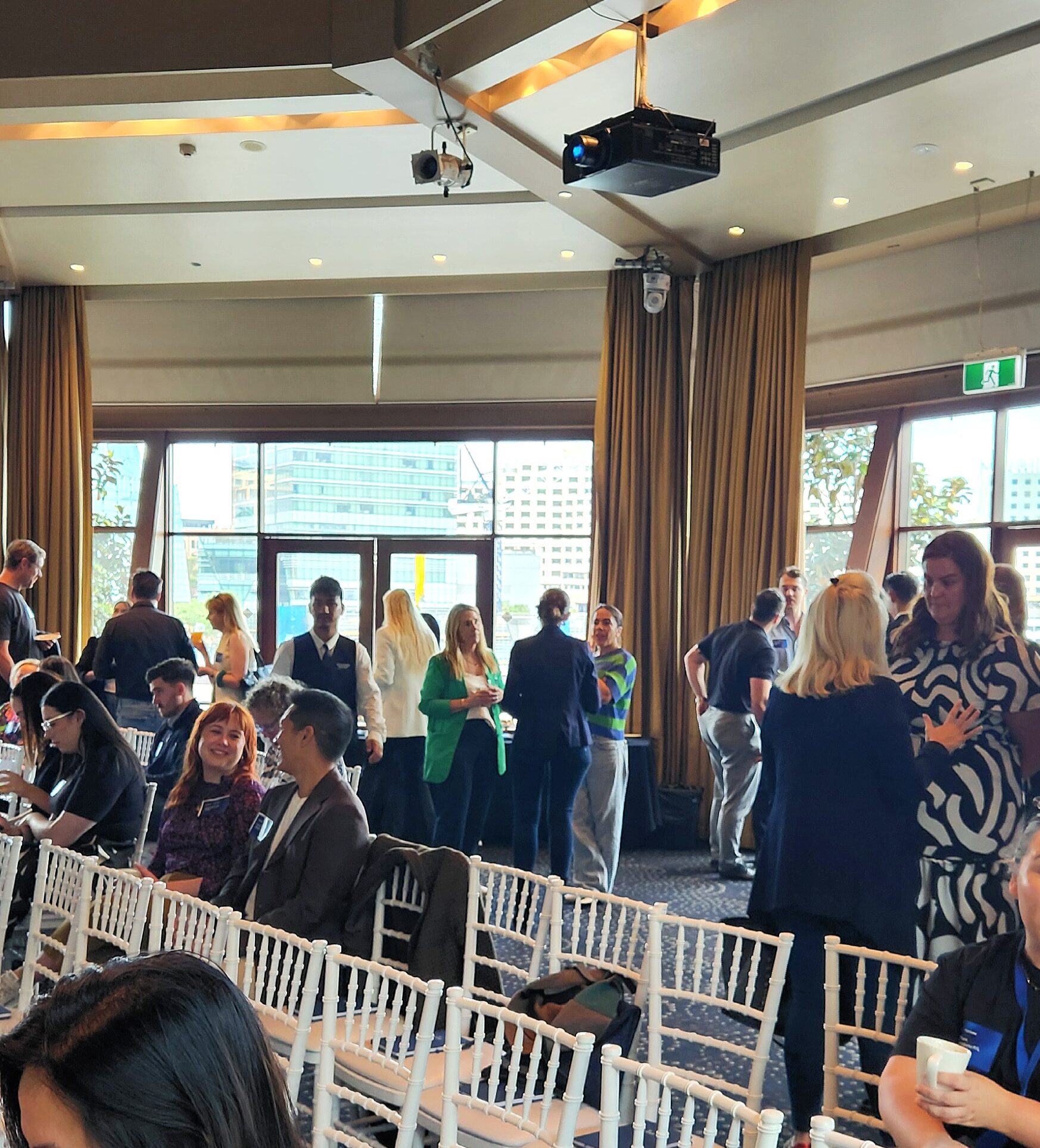Blog
The fundamentals of stakeholder strategy
A practical guide to tailored stakeholder management, offering strategies and tools to identify, map, and nurture relationships.
This week, we had the privilege of touring Australia, engaging with media thought leaders in Sydney and Canberra to explore the rapidly shifting media landscape across the region. The conversations centred on evolving patterns in news consumption, the rise of alternative news sources on social platforms, and a marked shift in public trust toward independent journalism. As we discussed these developments, the implications for public relations, communications, and the broader media industry in Australia and New Zealand came into focus, thanks to contributions from notable speakers, including Michelle Ainsworth PSM, Edward O’Daly, Anna Draffin, Shane Allison, and Dr. Lisa Portolan.

Digital platforms like TikTok are reshaping how news is delivered and received, especially by younger audiences. Yet reaching audiences effectively demands more than just digital access—authenticity and accessibility are vital.
Platforms like TikTok and YouTube have given rise to independent journalism, with journalists and content creators leveraging their influence to reach new demographics with tailored, relatable content. For a more in-depth analysis see our report.
Trust in legacy news outlets is shifting, with audiences questioning the credibility and motivations of traditional sources. Independent journalists, on the other hand, often resonate due to their perceived authenticity and focus on specific stories.
With the rise of misinformation and the challenges posed by AI and deep fakes, reliable fact-checking and transparent communication are more crucial than ever.
Discussions also underscored how journalism must evolve to remain relevant and trusted in ANZ, particularly with the advent of more independent voices.


In the face of these rapid shifts, the journalism community in Australia and New Zealand is adapting to preserve its value and relevance in today’s ever-changing media landscape.
Our events in Sydney and Canberra underscored the evolving state of journalism in ANZ. Traditional media is adapting to digital-first audiences, while independent journalism rises in importance, especially among younger, more sceptical readers. As social platforms become news sources, maintaining trust, transparency, and quality is essential in combating misinformation.
The future of news in ANZ lies in balancing reach, relevance, and responsibility—leveraging new formats while fostering public trust. We extend our gratitude to our speakers and attendees for enriching these discussions, and we look forward to seeing how the industry continues to thrive and adapt in a digital era.
Interested in learning more? Email us at info@isentia.com
Loren is an experienced marketing professional who translates data and insights using Isentia solutions into trends and research, bringing clients closer to the benefits of audience intelligence. Loren thrives on introducing the groundbreaking ways in which data and insights can help a brand or organisation, enabling them to exceed their strategic objectives and goals.
A practical guide to tailored stakeholder management, offering strategies and tools to identify, map, and nurture relationships.
Across the communications landscape, teams are being asked to do more with less, while staying aligned, responsive and compliant in the face of complex and often shifting stakeholder demands. In that environment, how we track, report and manage our relationships really matters. In too many organisations, relationship management is still built around tools designed for […]
Get in touch or request a demo.